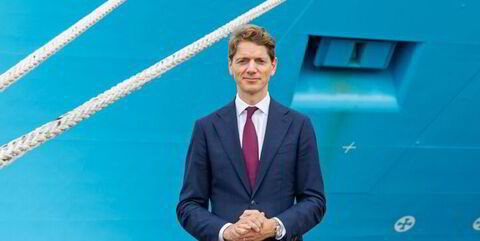The long anticipated deal is the largest in deadweight terms in the sector since the financial crisis, surpassing Euronav’s acquisition of the Maersk fleet and Gener8’s merger with Navig8 Crude Tankers, Webber says.
However, he believes the deal is predominantly about taking the newer Frontline 2012 fleet to the US capital markets in a way that is both easier and cheaper than an initial public offering.
“Will FRO/FRNT re-establish itself as market leader?” Webber asked in a note to clients.
“While most of Norway seems to think it's a forgone conclusion, we think it will be a tougher battle this cycle as companies like Euronav, Gener8, DHT, Nordic American, Teekay Tankers, etc. all carry spot exposure and have a head start gaining mind-share in a smaller, more nimble investor pool.
“While we wouldn't underestimate Fredriksen, we think Euronav still sits at the head of the class.”
Webber says the merger will save the Fredriksen system between $15m and $20m in IPO fees that it would have had to pay if Frontline 2012 had been independently floated in New York.
Gener8 paid $19.4m of its $210m purse in fees, he notes.
Webber believes the merged Frontline will record a profit of $93.5m this year, and $58.2m in 2016.
This compares to the $34.4m and $41.0m he had estimated for this year and next before the merger was announced.
The combined Frontline will have a 2.5% share of the tanker market, behind only Euronav at 3%. AET has a 2.1% share, Teekay 1.5% and DHT 1.1%, Webber’s figures show.



